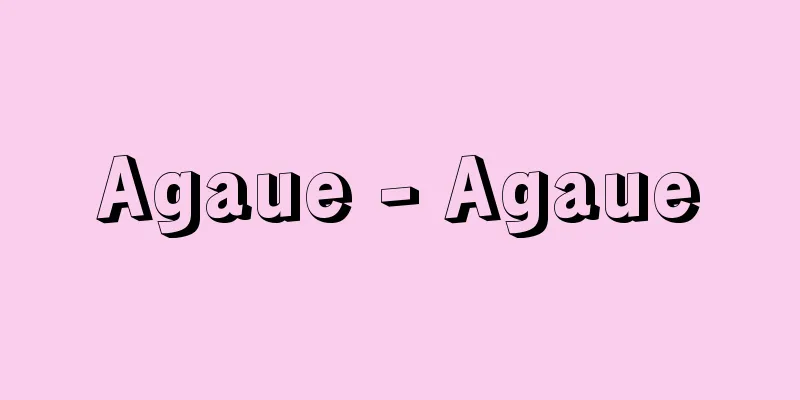Celandine - Grass king

|
A biennial plant of the Papaveraceae (APG classification: Papaveraceae). It is commonly seen on roadsides and other places. It is about 60 cm tall. The stems, petioles, and veins are covered with white hairs. Yellow juice comes from the stems and leaves. The name Celandine (Kusano-o) comes from this. The leaves are alternate, 1-2 times pinnately compound, and have blunt lobes. In May and June, it produces umbels and several yellow flowers. It has two green sepals and four yellow petals. It has many stamens and one pistil. The capsule is long and slender, with two lobes. In traditional Chinese medicine, the whole dried plant is called Hakukutsusai and is used as an analgesic and antispasmodic. It is widely distributed from Hokkaido to Kyushu, and further into the temperate zones of East Asia. The genus Celandine has four petals, many stamens, a long capsule, and latex, and in addition to Celandine, there is also Keramisium, although Keramisium is often classified as a separate genus, Keramisium. [Susumu Terabayashi February 17, 2020] [Reference item] |It is commonly seen on banks and grasslands. The leaves are alternate and one to two times pinnate. In May and June, they produce umbels and bloom yellow flowers. The whole plant can be dried for medicinal purposes. ©Seishohmaru "> Celandine ©Yuichi Kadota "> Celandine flower [morphology] Source: Shogakukan Encyclopedia Nipponica About Encyclopedia Nipponica Information | Legend |
|
ケシ科(APG分類:ケシ科)の越年草。道端などでごく普通にみられる。高さ約60センチメートル。茎、葉柄、葉脈上には白毛が生えている。茎や葉から黄色の汁が出る。クサノオウ(草黄)の名はそのことによる。葉は互生、1~2回の羽状複葉、裂片は鈍頭。5~6月、散形花序を出し、数個の黄色の花を開く。萼片(がくへん)は緑色で2枚、花弁は黄色で4枚。雄しべは多数、雌しべは1本。蒴果(さくか)は細長く、2裂する。漢方では全草を乾かしたものを白屈菜(はっくつさい)と称し、鎮痛、鎮痙(ちんけい)薬として用いられる。北海道から九州、さらに東アジアの温帯域に広く分布する。クサノオウ属は、4枚の花弁、多数の雄しべ、細長い蒴果、乳液をもつ、などの特徴を備え、クサノオウのほかにヤマブキソウがある。ただし、ヤマブキソウはヤマブキソウ属として別の属にされることが多い。 [寺林 進 2020年2月17日] [参照項目] |土手や草地などにごく普通にみられる。葉は互生し、1~2回羽状複葉。5~6月、散形花序を出し、黄色の花を開く。全草を乾かしたものは薬用に用いられる©Seishohmaru"> クサノオウ ©門田裕一"> クサノオウの花〔形態〕 出典 小学館 日本大百科全書(ニッポニカ)日本大百科全書(ニッポニカ)について 情報 | 凡例 |
Recommend
Nalayira-divya-prabandham (English spelling)
…At its peak in the 7th and 8th centuries, a grea...
Pine heart moth - Dioryctria sylvestrella
An insect of the family Pyralidae in the order Lep...
Oriental Cook Book (English)
…The “Congee Book” (1581, Huangyun) is the only b...
Iizuka Touyou
Year of birth: Year of birth and death unknown. A ...
Push in - Push in
One of the punishments in the Edo period. It was a...
Jacques Stéphen Alexis
1922‐61 Haitian author. Born into a distinguished ...
Pale Horse
…He was arrested in 1906, but escaped with the he...
Link device - Link device
A mechanical part made by connecting several long...
Chinoiserie (English spelling)
The term "Sinophile" refers to Chinese-s...
Castro, G.de (English spelling) CastroGde
...He created a romantic drama of manners called ...
Guest room - kyaakuma
A room in a house used to receive guests. The fir...
anahata-cakra (English spelling) anahata-cakra
…In Hatha Yoga and Tantric texts, there are usual...
Snobbism
...This kind of attitude or disposition is called...
McPhee, C. (English spelling) McPheeC
... It is often said that modern French composers...
Toulouse-Lautrec-Monfa
French painter and printmaker. Considered one of ...









